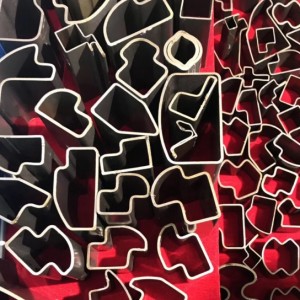Cold drawing of steel pipes is a common method for shaping these pipes. It involves reducing the diameter of a larger steel pipe to create a smaller one. This process occurs at room temperature. It is often used to produce precision tubing and fittings, ensuring high dimensional accuracy and surface quality.
Purpose of Cold Drawing:
1. Precision Size Control: Cold drawing manufactures steel pipes with precise dimensions. It is suitable for applications that require strict control over internal and external diameters as well as wall thickness.
2. Surface Quality: Cold drawing enhances the surface quality of steel pipes. It reduces defects and irregularities, improving the reliability and performance of the piping.
3. Shape Modification: Cold drawing alters the cross-sectional shape of steel pipes. It can transform round tubes into square, hexagonal, or other shapes.
Applications of Cold Drawing:
1. Manufacturing Precision Fittings: Cold drawing is commonly used to create high-precision fittings, such as bearings, automotive parts, and instruments.
2. Pipe Production: It can also be employed in the manufacture of pipes that require high accuracy and surface quality.
3. Mechanical Parts Manufacturing: Cold drawing is applicable to various mechanical parts where accuracy in size and shape is crucial.
Quality Control: After cold drawing, quality control checks must be conducted to ensure dimensions, shapes, and surface quality meet specifications.
Safety Considerations: Cold drawing often involves significant mechanical work. Caution is required to ensure a safe working environment for all personnel.
Post time: Aug-08-2024







